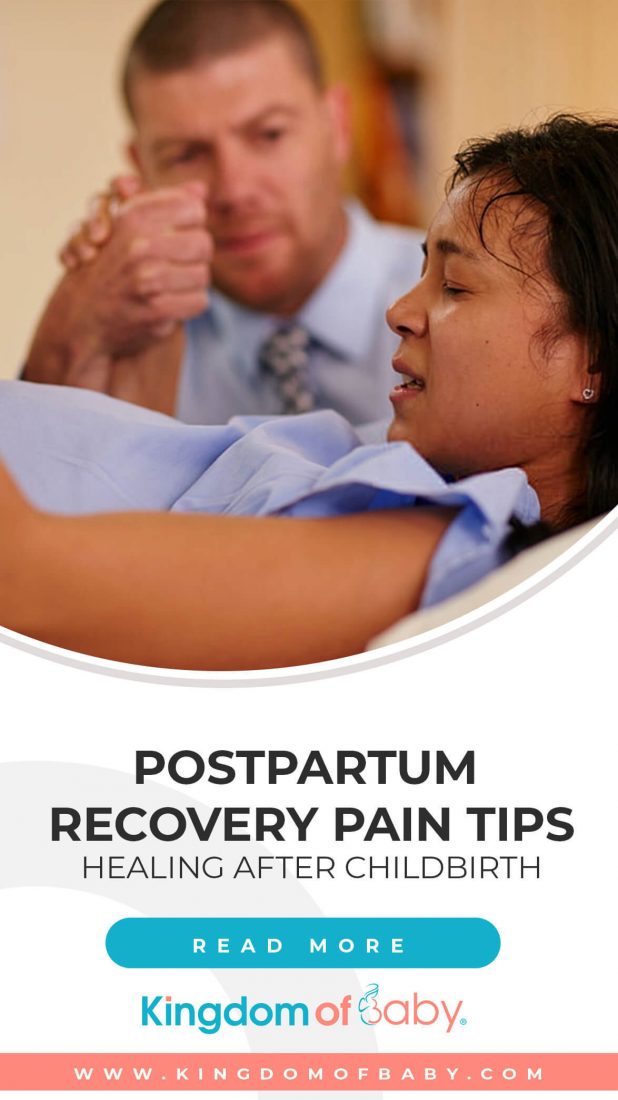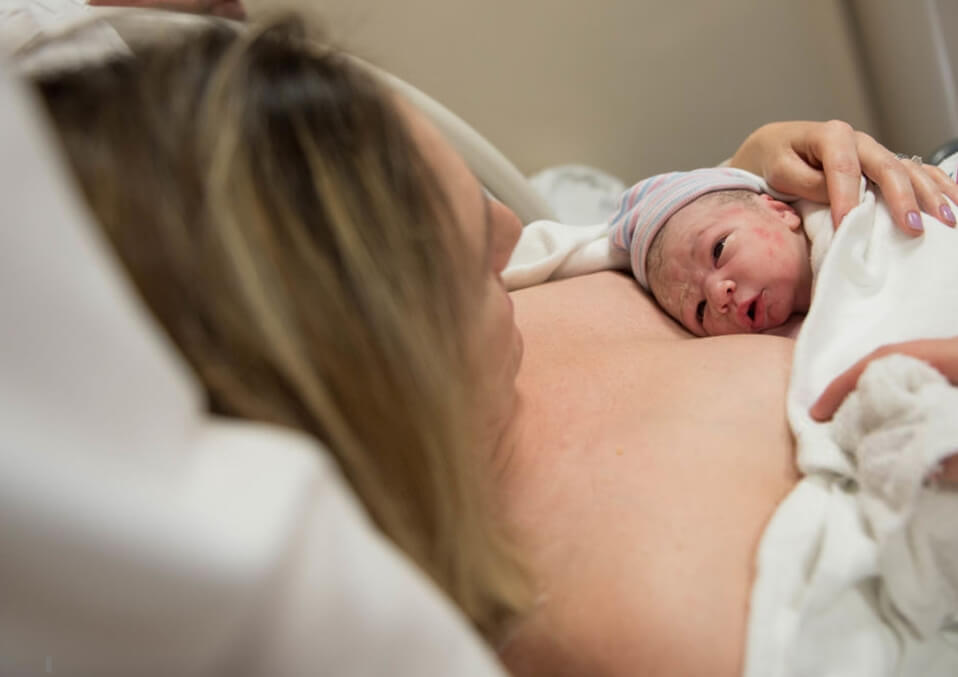
You’re finally 40 weeks or more of pregnancy and long hours of labor waiting, and you’re officially a mom. Congratulations! Now here’s the change from pregnancy to postpartum, which has a range of new signs and questions. Here’s what must know about postpartum recovery before you give birth.
Postpartum Recovery Pain Tips
The following are tips and guidance that can help you accelerate your postpartum recovery with a toddler, so you mend and feel better.
Help your perineum heal.
You must put ice on your perineum a couple of hours for the first 24 hours after delivery. Spatter warm water on the part pre and post peeing to save urine from aggravating torn skin. Try hot sitz baths for around 20 minutes several times a day to alleviate the pain. Try to avoid extended periods of sitting or standing, sleeping on your side.
Take good care of your C-section scar.
Tenderly cleans your C-section cut with soap and water every day. Dry with a clean towel and use an antibiotic ointment. Discuss with your postpartum health doctor about if it better to cover up the cut or leave it open. You must avoid holding most things (aside from your baby) and put off on active workout until you get a nod from your health doctor.
Soothe pain and discomfort.
If you’re sore from pushing, you must take acetaminophen. Alleviate overall discomfort with a heating pad or hot showers or treat yourself into a good massage.
Be compassionate to your breasts.

For sore breasts, you must use ice packs, warm compress or gentle massage. Also, make sure to wear a comfy nursing bra. If you are breastfeeding, let your boobs be in the open after every nursing session and use a lanolin cream to avoid or medicate cracked breasts.
Stay regular.
Your first postnatal bowel movement takes time but doesn’t push things. Eat lots of fiber-rich diets (fruits, whole grains, and veggies), walk and use delicate stool softeners to get and keep regular. Avoid stretching, it isn’t ideal for your C-section scar, if you’ve either.
Accomplish your Kegels.
There’s no best solution to get your vagina to be in shape again, to make you and your partner’s sex life more exciting and medicate your postpartum urinary incontinence, regardless of how you give birth. Thus, start with postpartum Kegel workouts once you’re well able, and achieve for three sets of 20 daily.
Attend your doctor meetings.
Going to your doctor’s appointment is important since it helps make sure that everything is recuperating as expected. Your gynecologist can observe you emotionally and, if needed, recommend how to seek assistance to adapt to be a new mother. If you’re C-section, make sure to attend your appointment to get rid of your postpartum stitches hurt, as having them in for long can make wounds look worse. Also, inform your doctor if you have any signs that alarm you, like pain, fever and ache around the cut.
Eat healthy to relieve fatigue and fight constipation.

Like what you did during your pregnancy, eat five small meals all through the day rather than three bigger meals. Eat a mixture of protein for energy, complex carbs as well as plenty of fiber (found in whole grains, fruits, and veggies) to help avoid hemorrhoids and loose bowels after giving birth. Consider whole wheat bread with peanut butter, veggies with hummus, or yogurt with a couple of berries. You must drink about eight glasses of water daily. Skip alcohol and coffee, which can influence your moods and make it harder to sleep than it already is with a new baby at home.
Keep exercising.
Working out is probably off-limit for the first few weeks if you had a C-section and you won’t be quickly back to hard-core pre-pregnancy exercise practices if you had a natural delivery. But talk to your OB/GYN about when and how you can work out, you can able to exercise more than you imagine. Regardless of how you gave birth, start walking. Walk around your home and ultimately, around the area. Strolling helps with constipation and gas and speeds healing by improving blood circulation and muscle tone. Also, it improved your mood and has been able to help relieve depression-like symptoms. Try the postpartum recovery pain tips to start!
Read also:
- 9 Things You Start to Give-up Once Baby Arrives
- Things You Need to Know About Growth Issues in Kids
- Child Growth: How to Build Endurance in Toddlers and Preschoolers?


